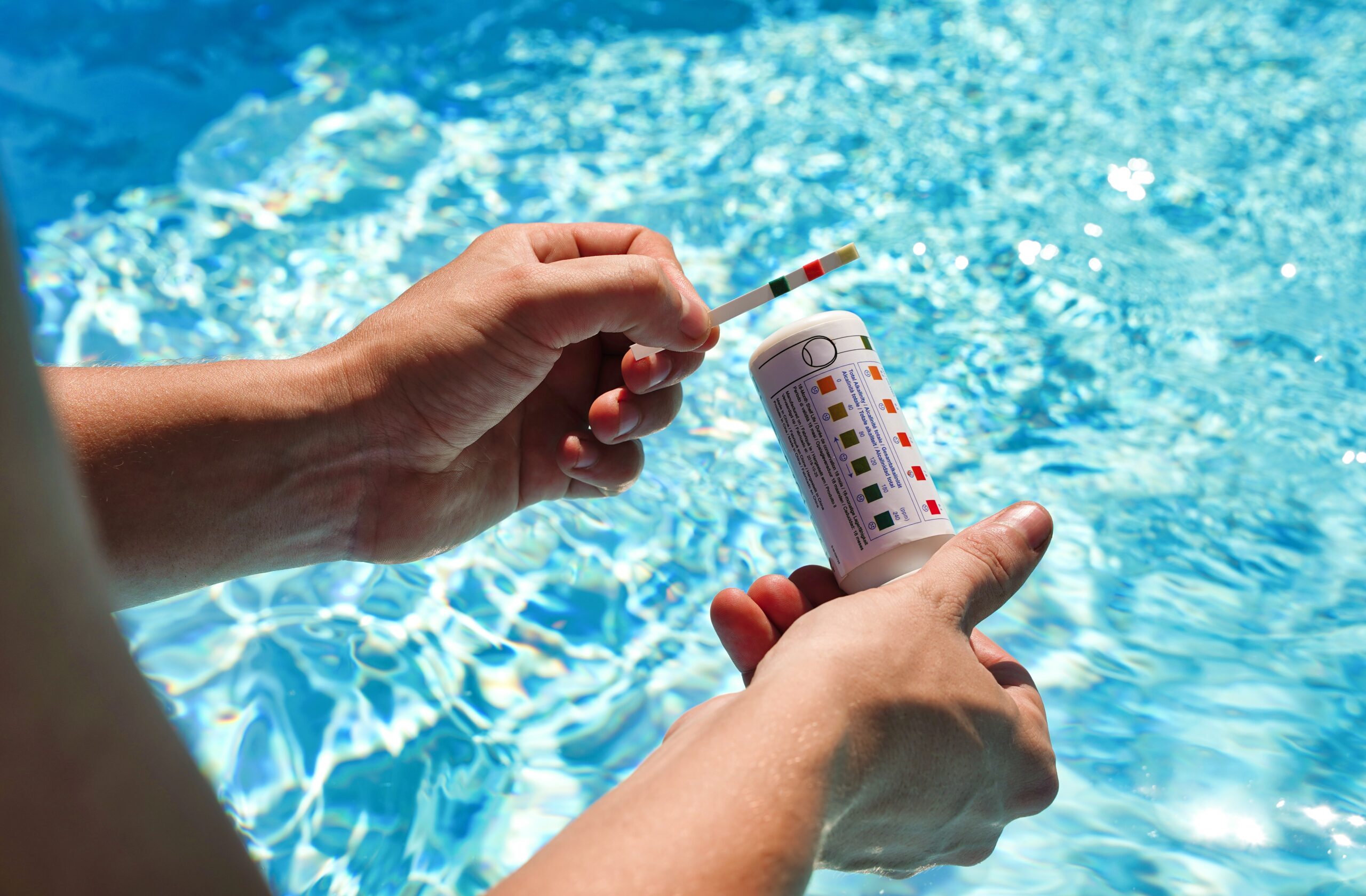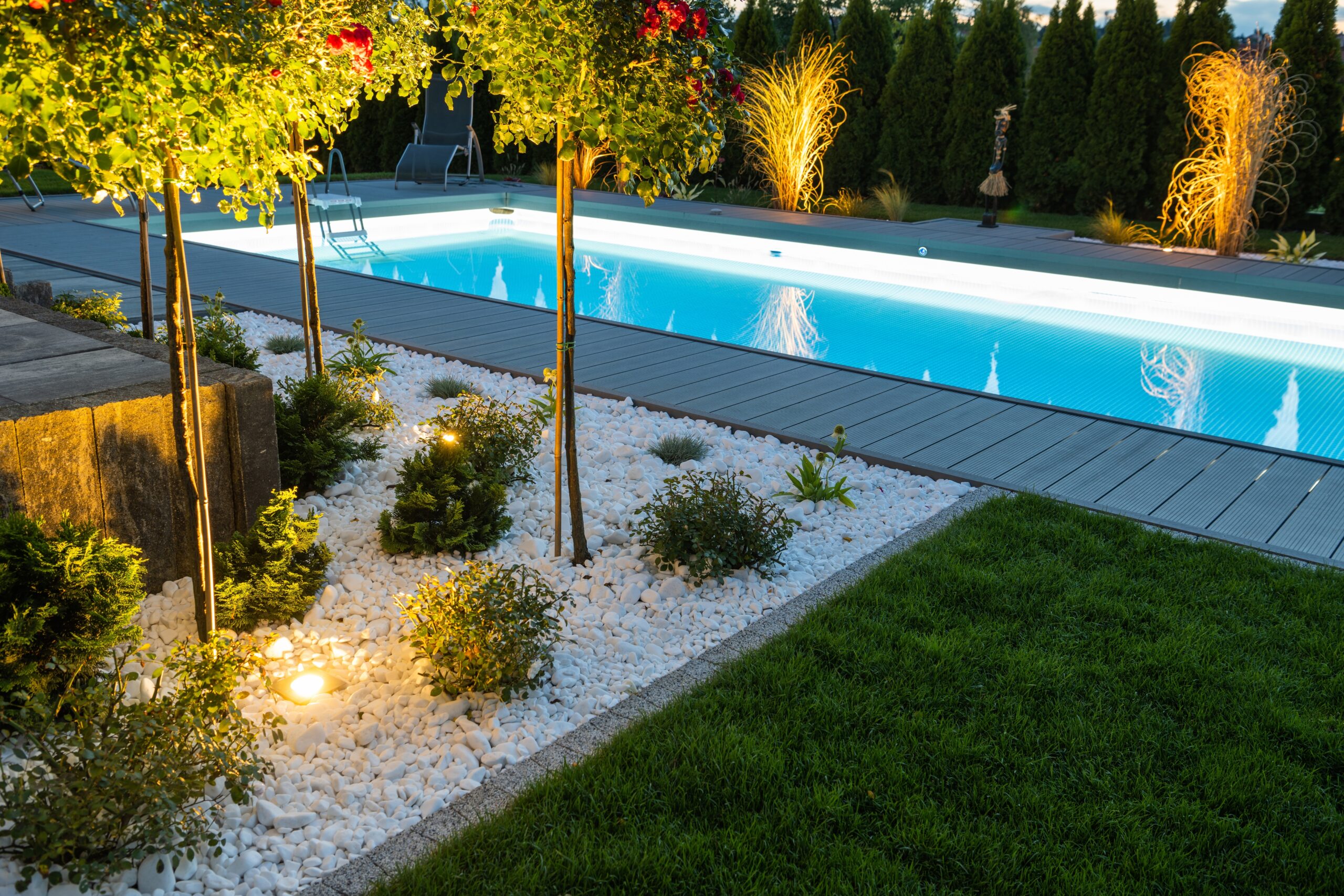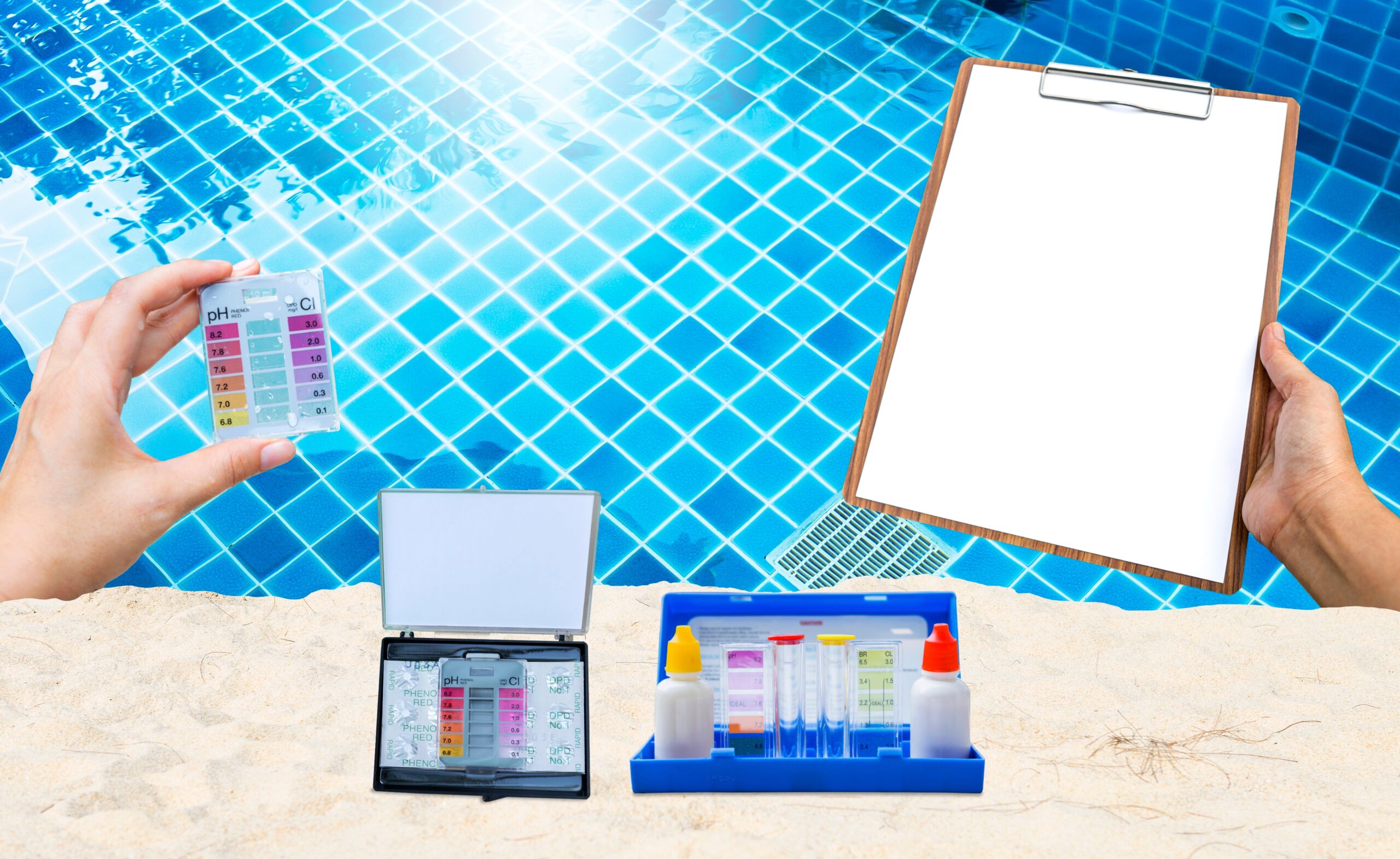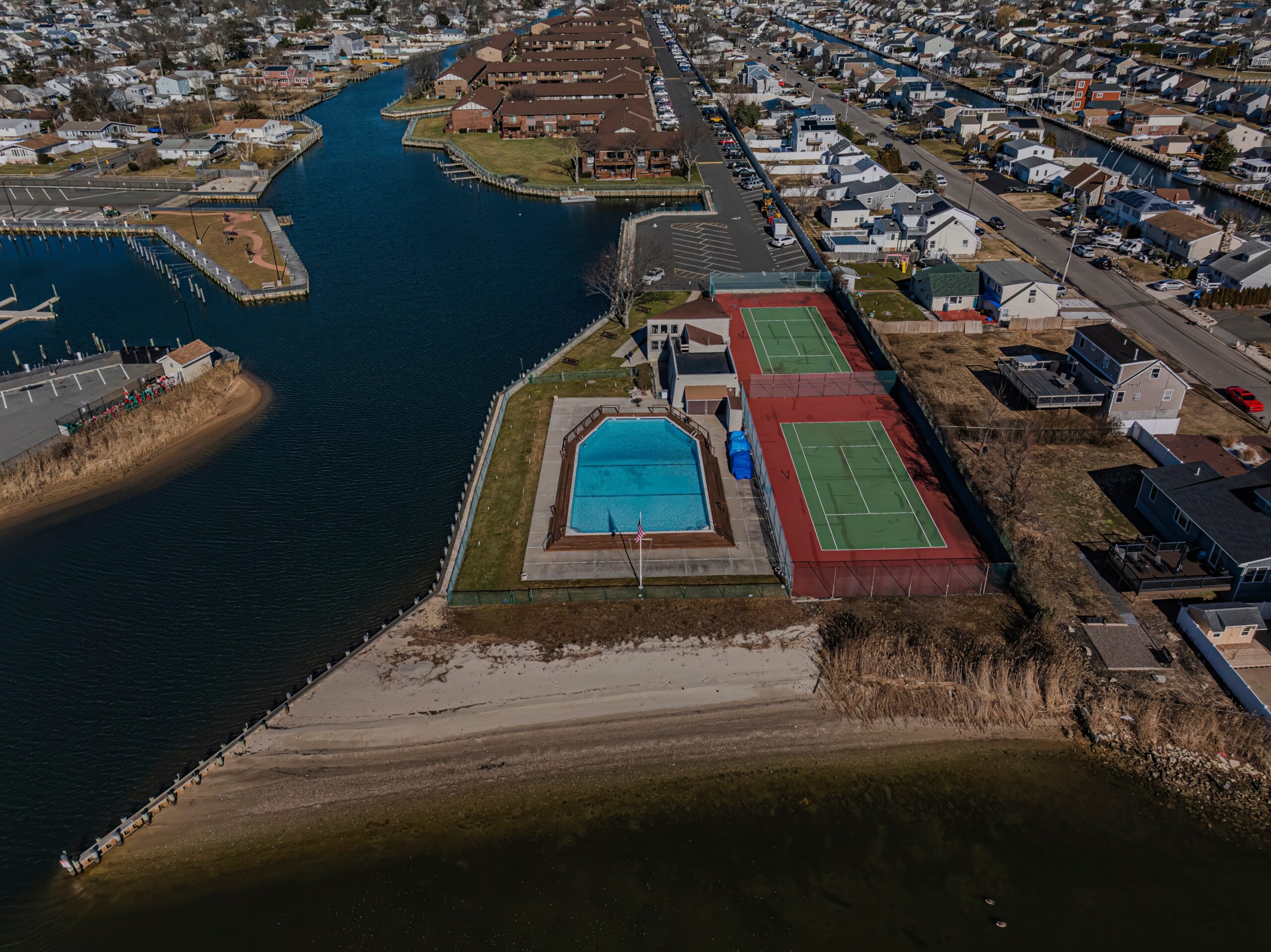How to Efficiently Balance Your Pool Chemistry for a Sparkling Summer
a blog by JamesGetting your pool ready for the summer isn’t just about filling it up and jumping in. The key to a clear, safe, and sparkling pool is in the chemistry. Balancing your pool’s chemicals is an essential part of pool maintenance that ensures the health and safety of your swimmers and the longevity of your pool. Big Becks Pools & Pavers, serving Long Island, offers expert advice on how to get your pool chemistry just right for the summer season.
Understanding Pool Chemistry
The primary components of pool chemistry are pH levels, chlorine (sanitizer) levels, and total alkalinity. Properly balancing these elements at the start of the pool season can prevent common problems like algae growth and cloudy water.
- pH Levels: The pH scale measures how acidic or basic the water is, ranging from 0 to 14. A pH of 7 is neutral. For pool water, you want to aim for a pH level between 7.2 and 7.8. This range is safe for swimmers and helps sanitizers work effectively.
- Chlorine Levels: Chlorine is used to sanitize pool water by killing bacteria and algae. The ideal chlorine level depends on the type of chlorine used but generally should be between 1-3 ppm (parts per million).
- Total Alkalinity: Alkalinity acts as a buffer for the pH, helping to keep it stable. The recommended range for total alkalinity is usually between 80-120 ppm.
Steps to Balance Your Pool Chemistry
- Test the Water: Begin by testing your pool water using a reliable testing kit. You can find these at most pool supply stores. For more accurate results, consider bringing a water sample to a professional pool service like Big Becks Pools & Pavers.
- Adjusting pH Levels: If your pH is too high (above 7.8), use a pH decreaser (sodium bisulfate or muriatic acid). If it’s too low (below 7.2), add a pH increaser (sodium carbonate or soda ash). Add chemicals gradually, test the water after each adjustment, and wait for the chemicals to circulate for a few hours before retesting.
- Sanitizing with Chlorine: Add chlorine to your pool according to the manufacturer’s instructions, based on your pool’s volume and the initial chlorine level. If using tablets, place them in a floating dispenser or an automatic feeder to allow for a steady supply of chlorine.
- Adjusting Total Alkalinity: Similar to adjusting pH, if alkalinity is too high, you can use a pH decreaser to bring it down. If too low, an alkalinity increaser (sodium bicarbonate) can be used. Make adjustments slowly and retest the water to avoid overshooting your target range.
- Shock the Pool: At the start of the season, it’s a good idea to “shock” your pool — a high dose of chlorine that eliminates algae, bacteria, and other organic matter. Follow the package instructions for the correct amount based on your pool size.
- Routine Maintenance: Regular testing and adjusting throughout the summer are essential to maintain balanced water chemistry. Factors like heavy rainfall, high usage, and temperature can alter chemical levels.
Why Choose Professional Help?
While DIY maintenance is possible, professional pool maintenance services ensure your pool is ready and safe for the summer. Big Becks Pools & Pavers offers comprehensive services, including “pool chemical balancing in Long Island,” ensuring your pool remains in pristine condition all season long.
Conclusion
Balancing your pool chemistry is a crucial step in preparing for a fun and safe summer. By following these guidelines and considering professional assistance, you can ensure your pool remains a refreshing retreat during the hot summer months. Contact Big Becks Pools & Pavers for expert help and enjoy a sparkling clean pool this season!

Looking for more articles
from Big Becks?

Why Professional Pool Opening Services are Worth It for Long Island Homeowners

Revitalize Your Pool Area with These Trendy Summer Upgrades

How to Efficiently Balance Your Pool Chemistry for a Sparkling Summer

Top 5 Things to Check When Opening Your Pool This Summer

